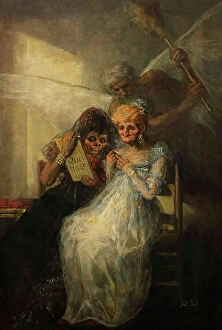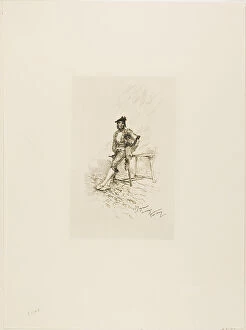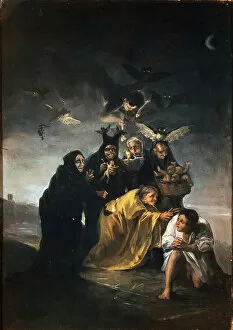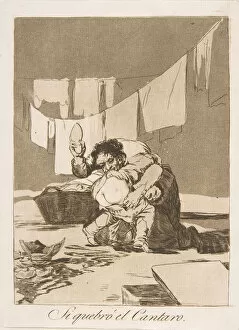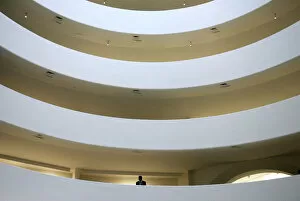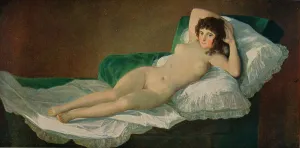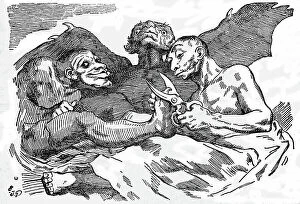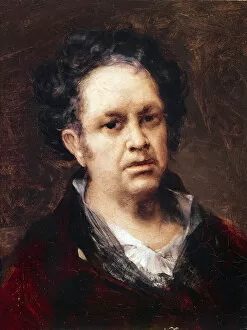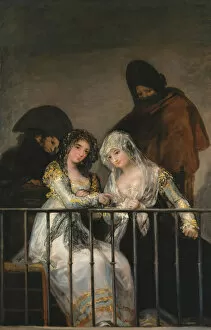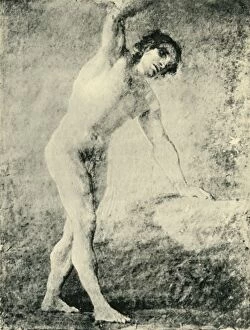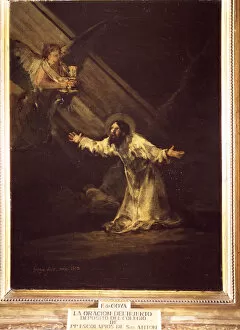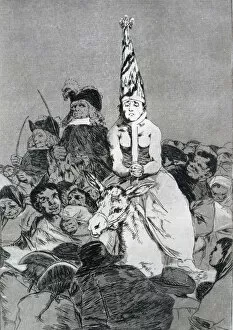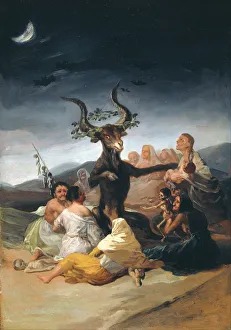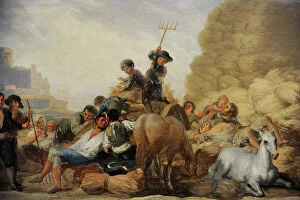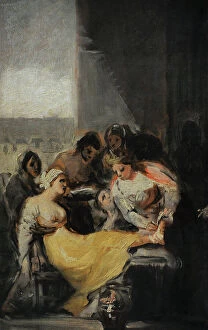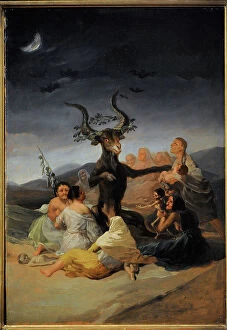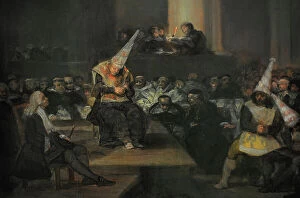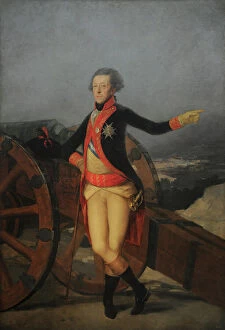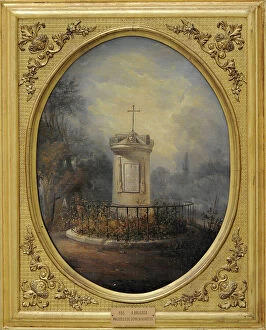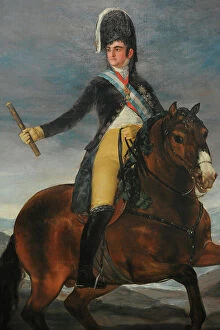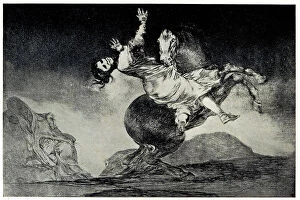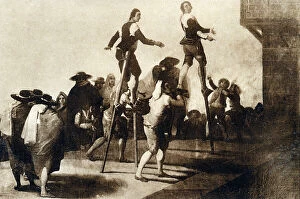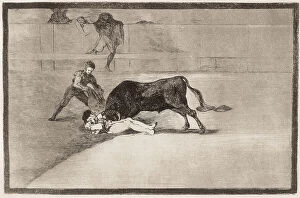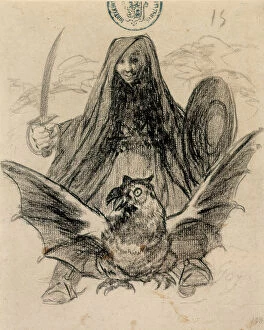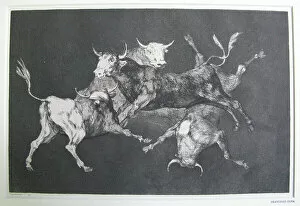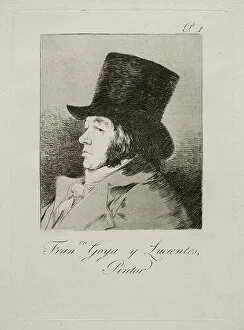Francisco de Goya Collection (page 2)
Francisco de Goya was a Spanish painter and printmaker who lived from 1746 to 1828
2,137 items
All Professionally Made to Order for Quick Shipping
-
Francisco de Goya Collection
Francisco de Goya was a Spanish painter and printmaker who lived from 1746 to 1828. He is considered one of the most important figures in European art during the late 18th and early 19th centuries. His works span a wide range of genres, including portraiture, history painting, landscape painting, and prints. Goya's work often depicted scenes of violence or horror, as well as social commentary on politics and religion. He also created many etchings that were highly critical of the Spanish government at the time. Goya's influence on later generations of artists was immense; his works inspired movements such as Romanticism and Surrealism in the 20th century. His legacy continues to this day through his paintings, prints, drawings, and other works that are admired around the world for their technical skill and emotional power.
+
Our beautiful pictures are available as Framed Prints, Photos, Wall Art and Photo Gifts
Media Storehouse offers a collection of Francisco de Goya's artwork, including wall art and framed prints. Francisco de Goya was a Spanish painter who is considered one of the most important artists of his time. His work reflects the political and social changes that took place in Spain during the late 18th and early 19th centuries. The Media Storehouse collection includes some of Goya's most famous works, such as "The Third of May 1808," which depicts the execution of Spanish citizens by French soldiers during the Peninsular War. Other notable pieces include "La Maja Desnuda" (The Naked Maja) and "La Maja Vestida" (The Clothed Maja), both portraits of an unknown woman believed to be a mistress or lover. Goya's use of light and shadow, along with his bold brushstrokes, make his paintings stand out as masterpieces in art history. The Media Storehouse collection allows fans to enjoy these iconic works in their own homes through high-quality reproductions.
+
What are Francisco de Goya (Artists Arts) art prints?
Francisco de Goya was a Spanish artist who lived from 1746 to 1828. He is considered one of the most important artists in the history of Western art, and his work has had a profound influence on subsequent generations of artists. Francisco de Goya's art prints are reproductions of some of his most famous works, including paintings, etchings, and lithographs. These prints capture the beauty and power of Goya's original artwork, allowing viewers to enjoy his masterful compositions in their own homes or offices. Goya's art is known for its dark themes and intense emotional impact. Many of his works deal with political corruption, war, violence, and human suffering. His use of light and shadow creates dramatic contrasts that heighten the emotional intensity of each piece. Whether you're a fan of classic art or simply appreciate beautiful imagery, Francisco de Goya's art prints are sure to captivate your imagination. With their rich colors and intricate details, these prints offer a glimpse into one man's unique vision – a vision that continues to inspire artists around the world today.
+
What Francisco de Goya (Artists Arts) art prints can I buy from Media Storehouse?
We offer a wide range of Francisco de Goya art prints for purchase. Some of the most popular options include his iconic works such as "The Third of May 1808," "Saturn Devouring His Son," and "The Nude Maja." These prints are available in various sizes, allowing you to choose the perfect fit for your space. In addition to these well-known pieces, Media Storehouse also offers a selection of lesser-known works by Goya that showcase his diverse artistic style. From portraits and landscapes to religious scenes and satirical cartoons, there is something for every taste among their collection. All prints are produced using high-quality materials and printing techniques to ensure that they capture the beauty and detail of Goya's original artworks. Whether you're looking for a statement piece or simply want to add some classic elegance to your home or office decor, we have plenty of Francisco de Goya art prints to choose from.
+
How do I buy Francisco de Goya (Artists Arts) art prints?
To buy Francisco de Goya art prints from Media Storehouse, you can browse our collection of artwork online. Once you have found the piece that you would like to purchase, simply add it to your cart and proceed to checkout. You will need to provide your shipping information and payment details in order to complete the transaction. We offer a wide variety of Goya's works, including his famous Black Paintings series as well as other notable pieces such as The Third of May 1808. Their high-quality prints are produced using state-of-the-art printing technology and archival-grade paper, ensuring that your print will last for years to come. Whether you are looking for a classic masterpiece or a lesser-known gem from Goya's oeuvre, we have something for everyone. With our easy-to-use website and secure checkout process, buying art prints from this reputable retailer is both convenient and hassle-free.
+
How much do Francisco de Goya (Artists Arts) art prints cost?
We offer a range of Francisco de Goya art prints at varying prices. The cost of each print depends on factors such as the size and type of paper used. Our collection includes some of his most famous works, including "The Third of May 1808" and "Saturn Devouring His Son." We also have a selection of lesser-known pieces that showcase Goya's versatility as an artist. Our prints are produced using high-quality materials to ensure that they capture the essence and detail of the original artwork. Each print is carefully crafted to replicate the texture and color palette used by Goya himself. Whether you're looking for a statement piece for your home or office or simply want to add to your art collection, our Francisco de Goya prints offer something for everyone. With our wide variety of options, there's sure to be a print that fits your budget and style preferences.
+
How will my Francisco de Goya (Artists Arts) art prints be delivered to me?
We take great care in delivering your Francisco de Goya art prints to you. We use high-quality packaging materials to ensure that your artwork arrives in perfect condition. Depending on the size of the print, it will be either rolled or flat-packed for delivery. For smaller prints, we use a sturdy cardboard envelope with additional protection to prevent any damage during transit. Larger prints are carefully rolled and placed inside a robust tube to keep them safe and secure. We work with trusted courier services who handle our deliveries with care and efficiency. You can track your order online using the tracking number provided once your item has been dispatched. We understand how important it is for you to receive your artwork promptly and in pristine condition. That's why we go above and beyond to make sure that every order is delivered safely and securely straight to your door.



